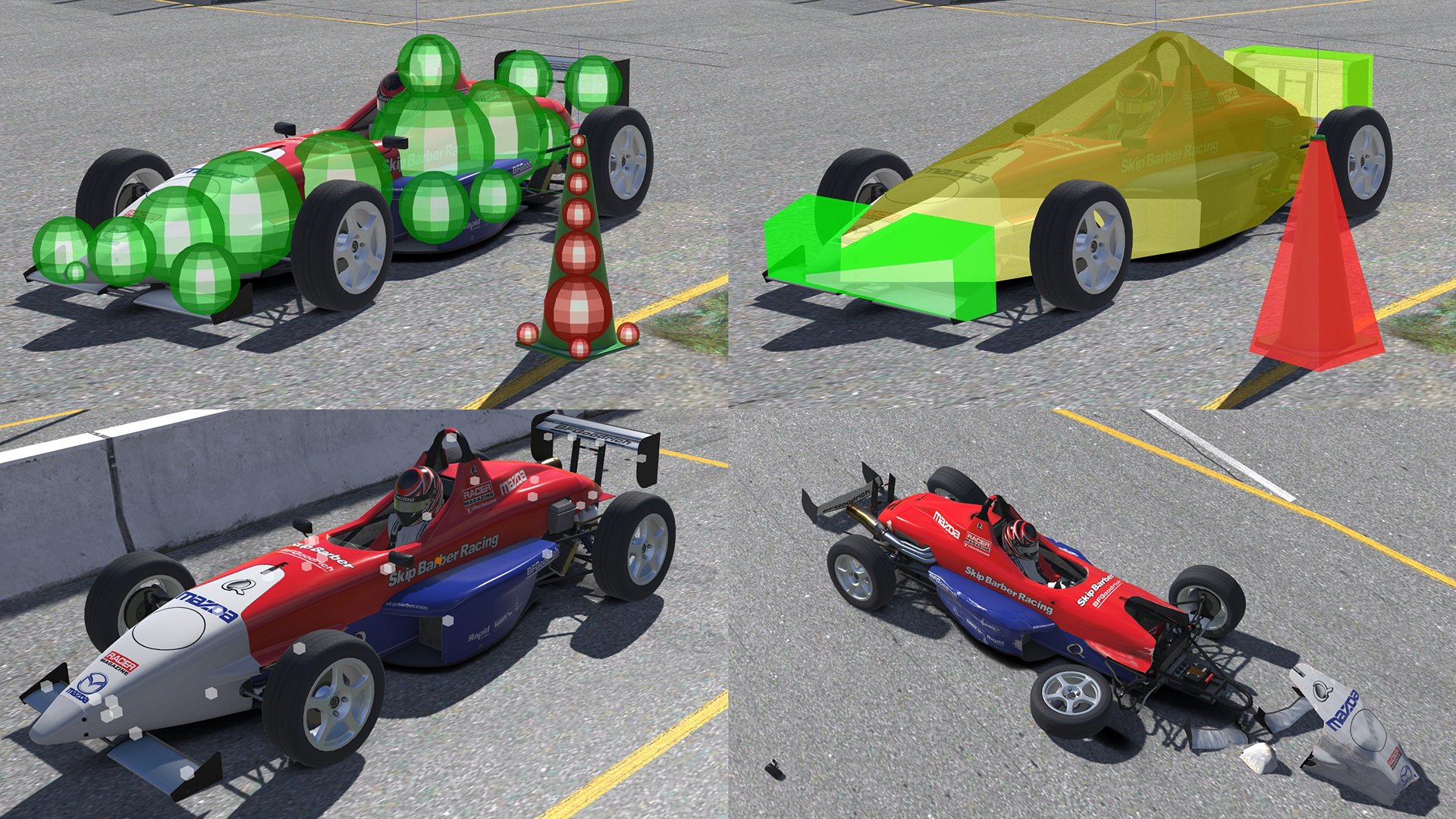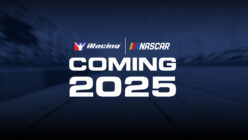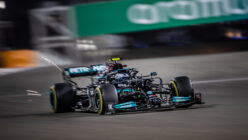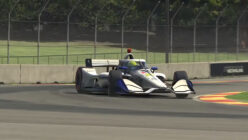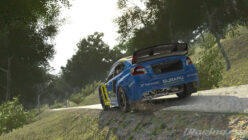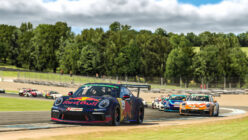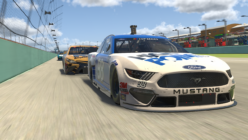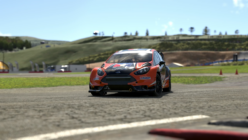Wrecking is an unfortunate part of racing. It also represents one of the hardest hurdles for sim racing developers to overcome. To help players understand just what a detailed system entails, iRacing has released a new behind the scenes video of its upcoming dynamic damage model.
The seven minute clip is a fascinating peek at the amount of work needed for a convincing model. To its credit, the team doesn’t shy away from showing the relatively simple existing model. Using a series of spheres to represent the car with parametric track surfaces, the current approach has its limitations, as you can see early on in the video:
“For the new system, we’ve built new high-resolution meshes for each track,” explains Richard Jobling, senior software engineer. “This is more efficient, and gives a lot more flexibility for the car shapes. The new mesh incorporates all the track features our guys work so hard to replicate. Things like curb geometry and changes in the surface material are all baked into the mesh. We’ve also taken our laser scan data and applied that to the mesh.”
Cars come in for a big overhaul too. Gone are the spheres, and in come more detailed convex shapes. Not only do these allow more accurate, region-specific crashes, but they have a knock-on effect to the rest of the package. The art team in particular needed to go over the iRacing car roster with a fine-tooth comb.
“We’ve got a rather sizeable number of cars in our portfolio, and not all of these cars have been built with this dynamic damage system in mind,” says VP of art and production Greg Hill. “So what we had to do is, one by one, go through our race cars, and we had a team of three artists… all took on each car one at a time.”
Essentially, the team has had to rebuild many of the cars, even going back to reference material in some cases. Modelling the underlying structures — and crucially, how the exterior panels attach to them — feeds back into the physics side of the equation, allowing the team to more accurately represent the effect damage has on a car’s handling model.
Collisions themselves need to be convincing too of course. The best visual damage modelling would mean little if car/car or car/wall interfaces had all the drama and believability of Tommy Wiseau. Luckily, vehicle dynamicist Chris Lerch explains how the team has tackled this aspect:
“We’ve spent quite a bit of time going through literature from the automotive industry on the subject, to make sure that we have panels that deform the way they’re supposed to, both temporarily and permanently. That pieces that don’t deform, but rather break, break at appropriate times and in appropriate ways. The cars are absorbing energy the way they should and aren’t bouncing off the walls in crazy ways.”
The end result? You can be the judge yourself, by heading to the 6:40 part of the video up top. To our eyes, it looks pretty great! For an even more detailed explanation of everything going on with the new damage model, read Jobling’s own blog post on the official iRacing site.
Players looking forward to trying the new damage model will have to wait. The iRacing team hasn’t announced a release date quite yet. By its very nature, it also can’t be piece-mealed into the title, either. Once every car has been rebuilt for this new approach, we can expect more info on availability. Stay tuned for more iRacing news here at GTPlanet.
See more articles on Damage, Developer Diary, and iRacing Game Updates.

